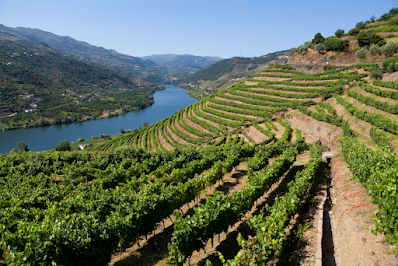In a world dominated by new winemaking machinery, the old technique of crushing grapes with bare feet persists. Many artisanal winemakers support this custom, which is generally viewed as a lovely vestige of the past. They enjoy its physical advantages and cultural significance.
Crushing grapes is an important step in winemaking since the objective is to extract juice without destroying the seeds, which might release unpleasant chemicals. The delicate, steady pressure of human feet makes them excellent for this activity, resulting in refined flavours and controlled tannins.
The Douro Valley in Portugal is a prime example of this method's legacy. For generations, foot treading in shallow granite troughs known as lagares has been synonymous with quality Port wine production. While modern machinery has superseded traditional procedures in most situations, several high-end producers continue to use foot treading for their best batches.
Boutique vineyards across the world embrace the process, especially for small-batch production. These winemakers believe that foot treading gives them more control over fermentation, which improves the wine's texture and flavour. Furthermore, the practice strengthens their bond with their craft, making each batch a labour of love.
The romantic charm of foot treading is more than simply utilitarian; it also tells a captivating tale that appeals to current wine connoisseurs. Wines manufactured using this traditional process entice consumers looking for authenticity and legacy. Some wineries use this narrative as a marketing tool, distinguishing their bottles in an increasingly automated business.
Those concerned about cleanliness should rest easy: winemaking techniques assure safety. Wine's alcohol concentration naturally neutralises most viruses, making foot-treaded wine just as safe as machine-produced wine. Some wineries maintain hygiene by wearing sterilised boots, but bare feet remain iconic.
Foot treading, while not popular, represents the balance of tradition and skill. The next time you drink a glass of wine, consider the centuries-old process that may have contributed to its creation—a reminder of the artistry behind each bottle.






.png)
No comments:
Post a Comment